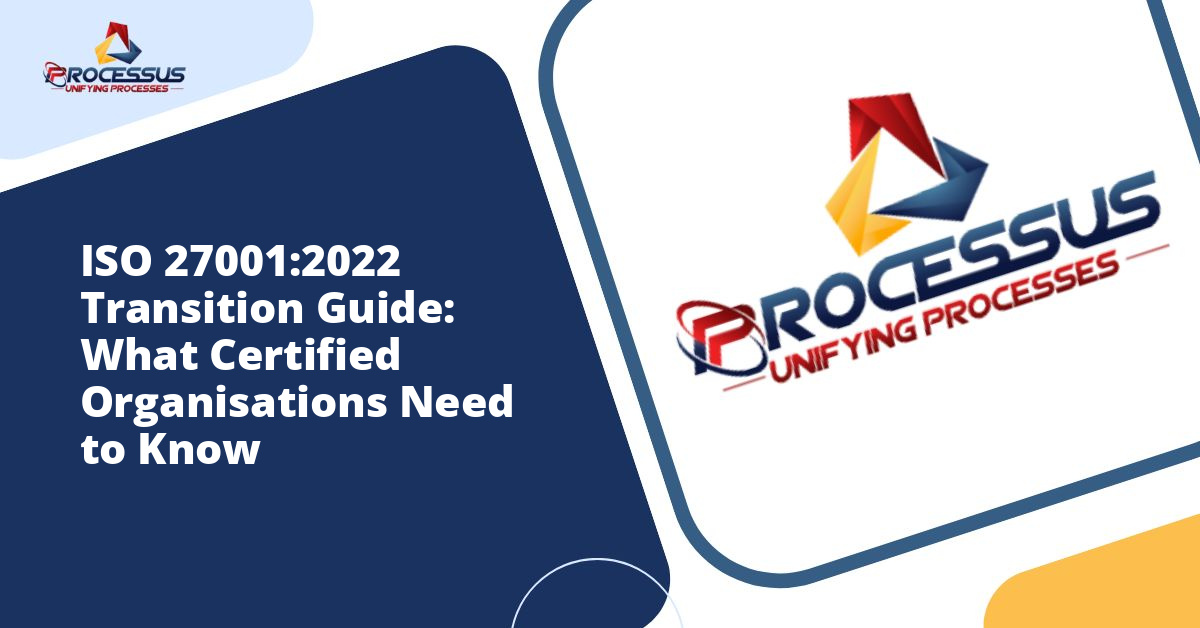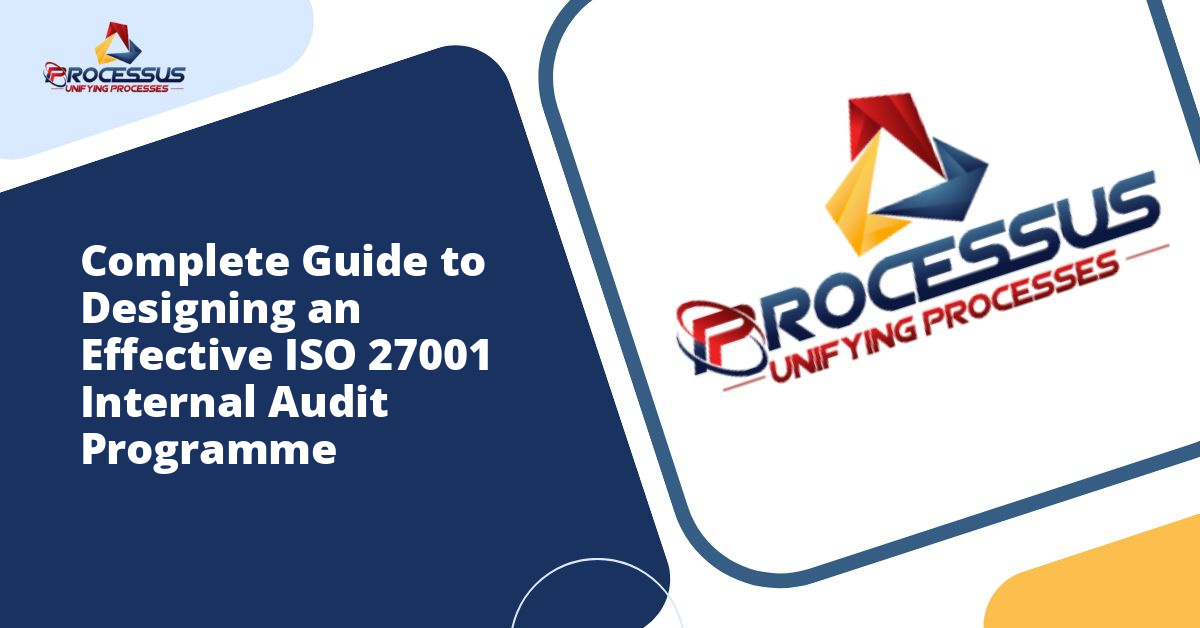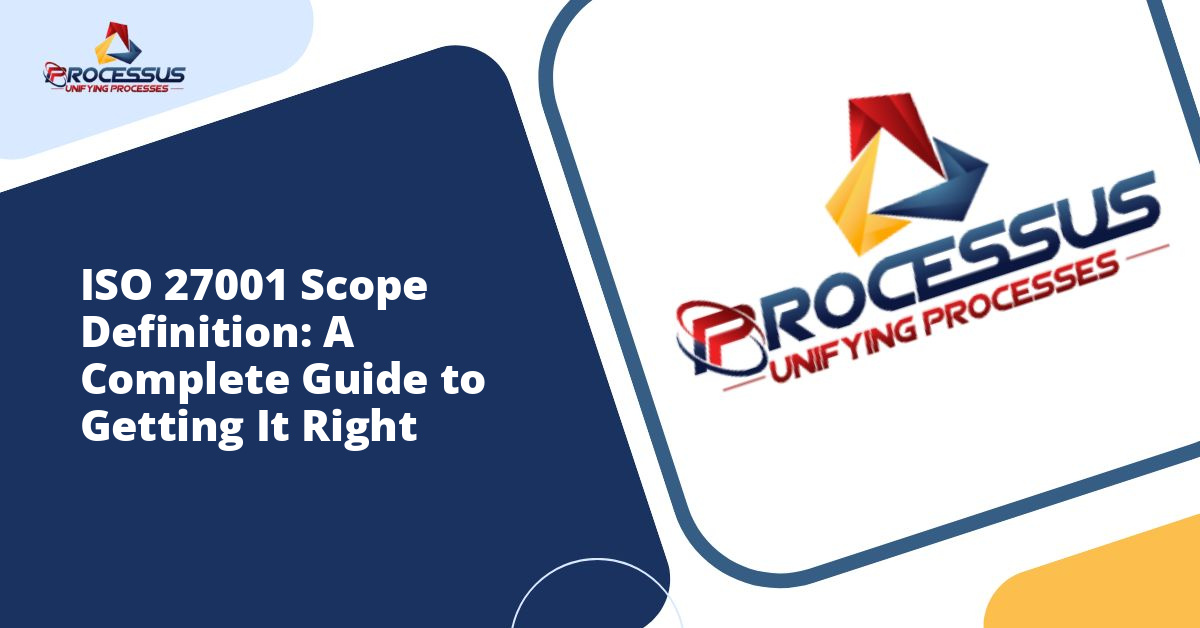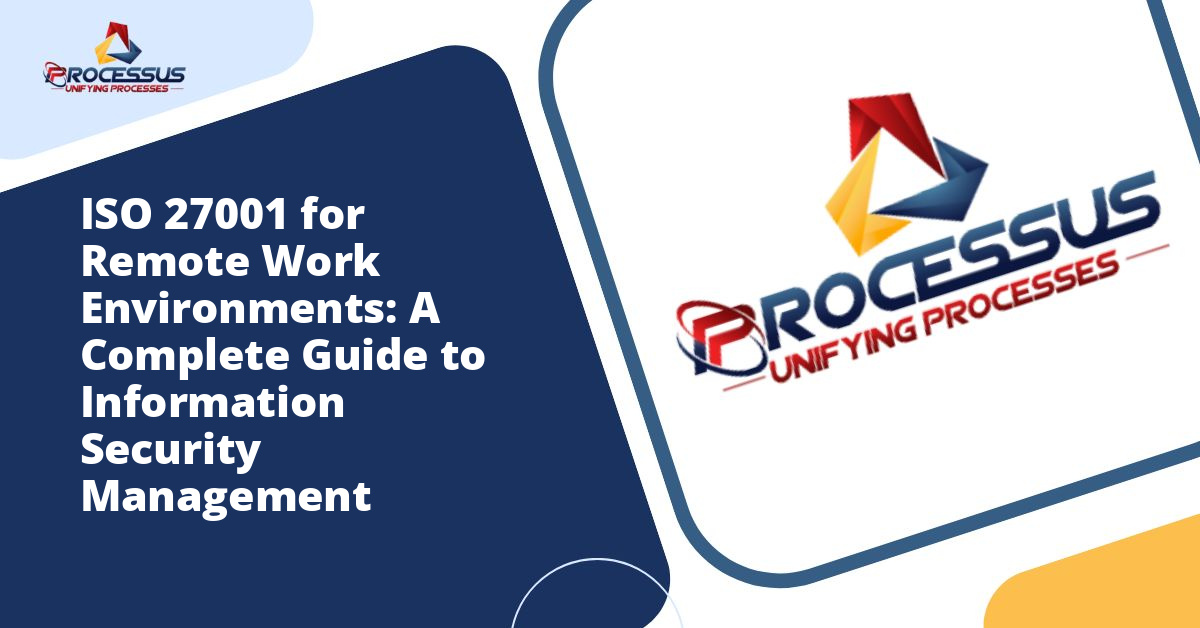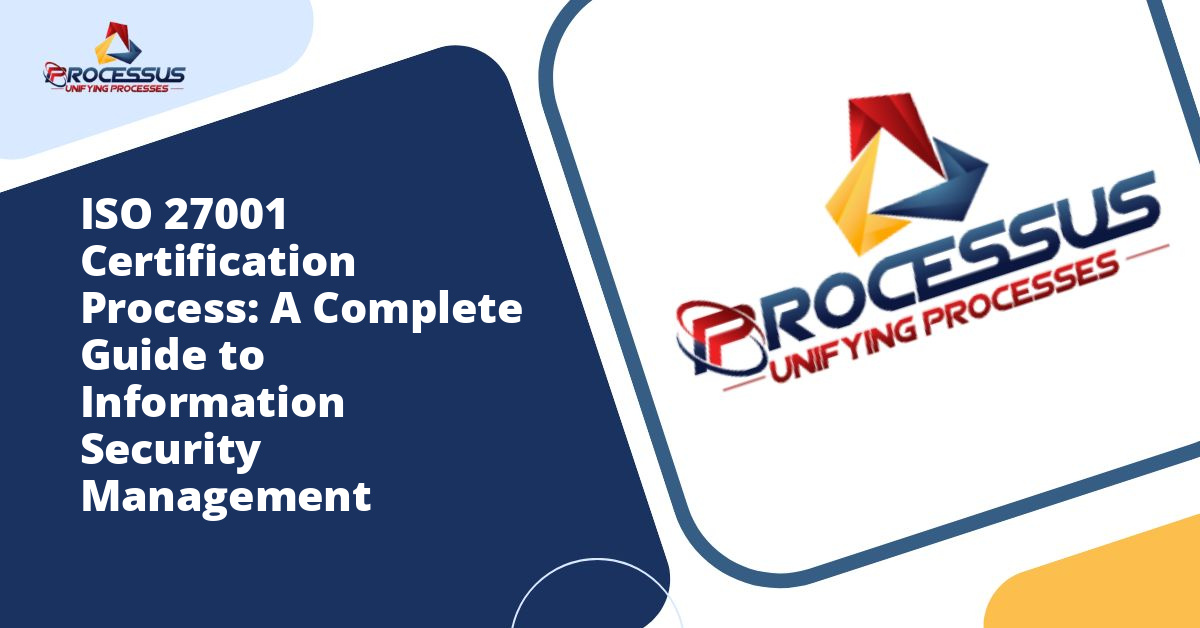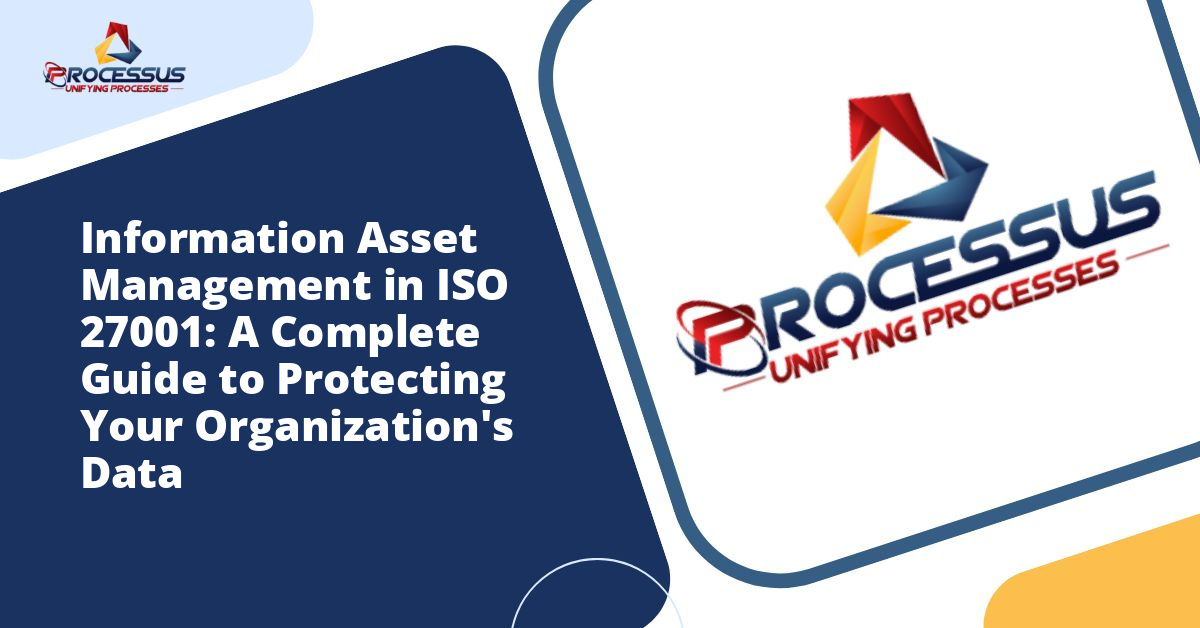The release of ISO 27001:2022 has brought significant changes to information security management standards worldwide. For organisations currently certified under ISO 27001:2013, understanding the transition requirements and implementing necessary changes has become a critical priority. This comprehensive guide walks you through everything you need to know about transitioning to the new standard while maintaining your certification status.
Understanding the ISO 27001:2022 Update
ISO 27001:2022 represents the most substantial revision to the information security management system (ISMS) standard since 2013. The International Organization for Standardization released this update to address the evolving landscape of cybersecurity threats, technological advancements, and organizational security needs. While the core principles of information security management remain intact, the new version introduces important modifications that affect how organisations implement and maintain their ISMS. You might also enjoy reading about ISO 27001 Information Security Management System.
The update reflects nearly a decade of technological evolution, incorporating lessons learned from emerging threats such as sophisticated ransomware attacks, supply chain vulnerabilities, and the widespread adoption of cloud computing. Additionally, the standard now better addresses the realities of remote work environments and the increasing complexity of digital ecosystems that modern organisations must secure. You might also enjoy reading about What is ISO 27001: Your Complete Guide to Information Security Standards.
Key Changes Between ISO 27001:2013 and ISO 27001:2022
Structural and Terminology Updates
One of the first changes you will notice involves terminology refinements throughout the standard. While these may seem minor, they reflect a more precise understanding of information security concepts. The term “documented information” continues to be used, but the context and requirements around documentation have been clarified to reduce ambiguity.
The overall structure remains familiar to those working with the 2013 version, maintaining the ten-clause framework with clauses 4 through 10 containing the mandatory requirements. This consistency helps organisations transition more smoothly without completely restructuring their existing ISMS documentation.
Annex A Control Changes
The most significant changes appear in Annex A, which now contains 93 controls compared to 114 in the previous version. This reduction does not mean fewer security requirements. Instead, the revision consolidates, reorganizes, and modernizes controls to better reflect current security practices.
The control categories have been restructured from 14 domains to 4 themes:
- Organizational controls (37 controls)
- People controls (8 controls)
- Physical controls (14 controls)
- Technological controls (34 controls)
This reorganization makes it easier for organisations to assign responsibilities and implement controls according to their operational structure. The thematic approach also aligns better with how modern security teams operate, moving away from the sometimes arbitrary categorization of the previous version.
New Controls Introduced
ISO 27001:2022 introduces 11 completely new controls that address contemporary security challenges:
- Threat intelligence
- Information security for use of cloud services
- ICT readiness for business continuity
- Physical security monitoring
- Configuration management
- Information deletion
- Data masking
- Data leakage prevention
- Monitoring activities
- Web filtering
- Secure coding
These new controls acknowledge the reality that organisations face threats that did not exist or were not prevalent when the 2013 version was published. Cloud security, for instance, has moved from being a specialized concern to a fundamental requirement for most organisations.
Consolidated and Modified Controls
Many existing controls have been merged, updated, or restructured. For example, controls related to mobile devices and teleworking have been combined to reflect the blurred lines between these concepts in modern work environments. Similarly, several controls around access management have been consolidated to eliminate redundancy and provide clearer guidance.
The modifications also reflect a more risk-based and outcome-focused approach. Rather than prescribing specific technical implementations, the updated controls emphasize the security objectives organisations must achieve, allowing for greater flexibility in how they implement protective measures.
The Transition Timeline
Organisations have a three-year transition period from the publication date of October 2022. This means all ISO 27001:2013 certificates will expire by October 2025, after which they will no longer be valid. However, waiting until the last moment to begin your transition is not advisable.
The transition timeline affects different certification activities:
- Initial certifications to ISO 27001:2013 are no longer being issued by most certification bodies
- Surveillance audits for existing 2013 certificates can continue until the expiration date
- Recertification audits can still be conducted against the 2013 version, but certificates issued will have reduced validity
- Transition audits can be combined with scheduled surveillance or recertification audits
Planning your transition early provides several advantages, including more flexibility in scheduling audits, more time to address gaps, and the ability to leverage your next scheduled audit for transition purposes rather than requiring an additional assessment.
Steps to Successfully Transition to ISO 27001:2022
Conduct a Gap Analysis
Begin your transition journey with a thorough gap analysis comparing your current ISMS implementation against the new requirements. This analysis should examine both the changes to the main standard clauses and the extensive modifications to Annex A controls.
Your gap analysis should identify where your existing controls map to the new control set, which new controls you need to implement, and where existing controls require enhancement or modification. Document these findings carefully, as they will form the basis of your transition project plan.
Consider engaging your certification body early in this process. Many offer gap assessment services or guidance documents that can help ensure your analysis is comprehensive and accurate.
Update Your Risk Assessment and Treatment
The Statement of Applicability (SoA) sits at the heart of your ISMS, and transitioning to ISO 27001:2022 requires a complete review and update of this crucial document. You will need to map your existing controls to the new control set and evaluate whether your risk assessment remains valid under the new framework.
This review process may reveal risks you had not previously considered, particularly around the areas addressed by the 11 new controls. Take this opportunity to ensure your risk assessment methodology remains robust and that your risk treatment decisions appropriately address your organisation’s current threat landscape.
For each control in the new Annex A, your updated SoA must indicate whether it is applicable and, if so, how it is implemented. Where controls are not applicable, you need clear justification for their exclusion based on your risk assessment.
Revise Documentation and Procedures
Your ISMS documentation will require updates to reflect the new control structure and requirements. This includes your information security policy, control procedures, and supporting documentation. While the core documentation requirements have not changed dramatically, references to specific controls need updating, and new procedures may be needed for the additional controls.
Take a strategic approach to documentation updates. Rather than simply renumbering existing documents to match the new control structure, consider whether your procedures remain fit for purpose. The transition provides an excellent opportunity to streamline documentation, eliminate outdated procedures, and improve clarity.
Ensure that your documentation clearly demonstrates how you meet the intent of the updated controls, not just that you have documentation labeled with the correct control numbers.
Implement New and Enhanced Controls
For the 11 new controls and any existing controls that require enhancement, develop implementation plans that consider your risk assessment findings and available resources. Prioritize implementations based on risk, starting with controls that address your most significant vulnerabilities or compliance requirements.
Implementation may involve deploying new technologies, updating configurations, establishing new processes, or providing additional training. Whatever the approach, ensure that controls are not just implemented on paper but are genuinely operational and effective.
Remember that ISO 27001 is outcome-focused. Your implementation should demonstrably reduce risk to an acceptable level, not simply check a compliance box.
Train Your Team
Everyone involved in your ISMS needs awareness of the changes introduced by ISO 27001:2022. This includes senior management, the information security team, internal auditors, and staff with specific control responsibilities.
Training should be tailored to different audiences. Management needs to understand strategic implications and changed requirements, while operational staff need practical guidance on new or modified procedures. Internal auditors require detailed training on auditing against the new control set.
Consider developing transition-specific training materials that highlight what has changed rather than retraining your entire organisation on the complete standard from scratch.
Conduct Internal Audits
Before engaging your certification body for a transition audit, conduct thorough internal audits against ISO 27001:2022. These audits serve multiple purposes: verifying that your transition activities have been completed, identifying any remaining gaps, and preparing your team for the certification audit.
Your internal audit program should cover all areas affected by the transition, with particular focus on new controls and areas where your gap analysis identified significant changes. Document findings carefully and ensure corrective actions are completed before your certification audit.
This is also an excellent time to verify that your documentation accurately reflects actual practices and that controls are operating effectively, not just existing on paper.
Schedule Your Transition Audit
Contact your certification body to schedule your transition audit well in advance of your deadline. Many certification bodies are experiencing high demand as organisations work to meet the transition deadline, so early scheduling ensures you can complete the transition on your preferred timeline.
Discuss with your certification body whether you can combine your transition audit with a scheduled surveillance or recertification audit. This approach can be more efficient, reducing the total audit time and cost while meeting all requirements.
Prepare for the audit by ensuring all documentation is current, evidence of control implementation is readily available, and key personnel are available to participate in the audit process.
Common Transition Challenges and How to Overcome Them
Resource Constraints
Many organisations struggle to allocate sufficient resources to the transition project, particularly smaller organizations with limited information security teams. To address this challenge, develop a realistic project plan that phases implementation activities over time, prioritizing based on risk and compliance needs.
Consider leveraging external expertise for specific aspects of the transition, such as gap analysis or implementation of technically complex new controls. This targeted use of consultants can accelerate your transition without requiring extensive external support throughout the entire process.
Understanding Control Mapping
The reorganization of Annex A controls can make it challenging to understand how existing implementations map to the new structure. ISO provides a mapping document that shows the relationship between old and new controls, but understanding the practical implications requires careful analysis.
Do not assume that a control mapping means you can simply renumber your existing documentation. Review each control to understand what has changed in terms of scope, intent, or requirements. Some merged controls may require you to expand your implementation to cover aspects previously addressed separately.
Demonstrating Compliance with New Controls
For controls that are genuinely new to your organisation, you may lack established processes and evidence of ongoing implementation. Certification bodies expect to see evidence that controls are operational and effective, not just recently documented.
Address this by implementing new controls as early as possible in your transition timeline, allowing time to generate evidence of operation and effectiveness before your certification audit. Where controls address emerging technologies or practices you have recently adopted, leverage existing project documentation and operational records to demonstrate your approach.
Benefits of Early Transition
While you have until October 2025 to complete your transition, starting early offers numerous advantages. You will have greater flexibility in scheduling audits, avoiding the rush as the deadline approaches. Early transition also demonstrates your organisation’s commitment to maintaining current security practices and can provide competitive advantages when dealing with security-conscious clients or partners.
Additionally, early transition allows you to identify and address any significant gaps before they become urgent problems. You can take a measured, strategic approach to implementation rather than rushing to meet a deadline.
The transition process itself, particularly the gap analysis and risk assessment review, often reveals opportunities to improve your ISMS beyond the minimum requirements. Organisations that transition early can capitalize on these insights to strengthen their security posture while meeting compliance requirements.
Working with Your Certification Body
Your certification body is a valuable partner in the transition process. Engage them early to understand their specific requirements and expectations for transition audits. While all accredited certification bodies must follow the same standards, they may have different documentation requirements or audit approaches.
Ask your certification body about transition-specific resources they may offer, such as guidance documents, webinars, or gap assessment tools. Many provide these resources to help their certified clients successfully transition.
Maintain open communication throughout your transition project. If you encounter unexpected challenges or delays, discuss them with your certification body proactively. They may be able to offer guidance or flexibility in scheduling that helps you maintain your certification status while completing the transition.
Looking Beyond Compliance
While maintaining your ISO 27001 certification is important, the transition to the 2022 version offers an opportunity to genuinely enhance your information security posture. The new controls address real and present threats that organisations face daily. Implementing them thoughtfully, with attention to your specific risk profile and operational context, will make your organisation more secure, not just more compliant.
Consider the transition as a catalyst for broader ISMS improvements. Review your overall approach to information security management, assess whether your security governance remains appropriate, and evaluate whether your ISMS is delivering value to your organisation beyond certification.
The organisations that benefit most from ISO 27001 are those that view it as a framework for ongoing improvement rather than a compliance checkbox. Use the transition as an opportunity to embed this mindset throughout your organisation.
Conclusion
Transitioning to ISO 27001:2022 is a significant undertaking but one that is entirely manageable with proper planning and execution. The changes introduced in the new version reflect the evolving nature of information security and provide organisations with a more relevant and effective framework for managing security risks.
Start your transition early, conduct a thorough gap analysis, update your documentation systematically, and implement new controls thoughtfully. Engage your certification body proactively and view the transition as an opportunity for improvement rather than merely a compliance obligation.
With the October 2025 deadline approaching, now is the time to begin your transition if you have not already done so. The organisations that approach this transition strategically will not only maintain their certification but will emerge with stronger, more resilient information security management systems better equipped to face contemporary and emerging threats.
By following the guidance in this article and dedicating appropriate resources to the transition, your organisation can successfully navigate the changes and continue to demonstrate your commitment to information security excellence through ISO 27001 certification.

